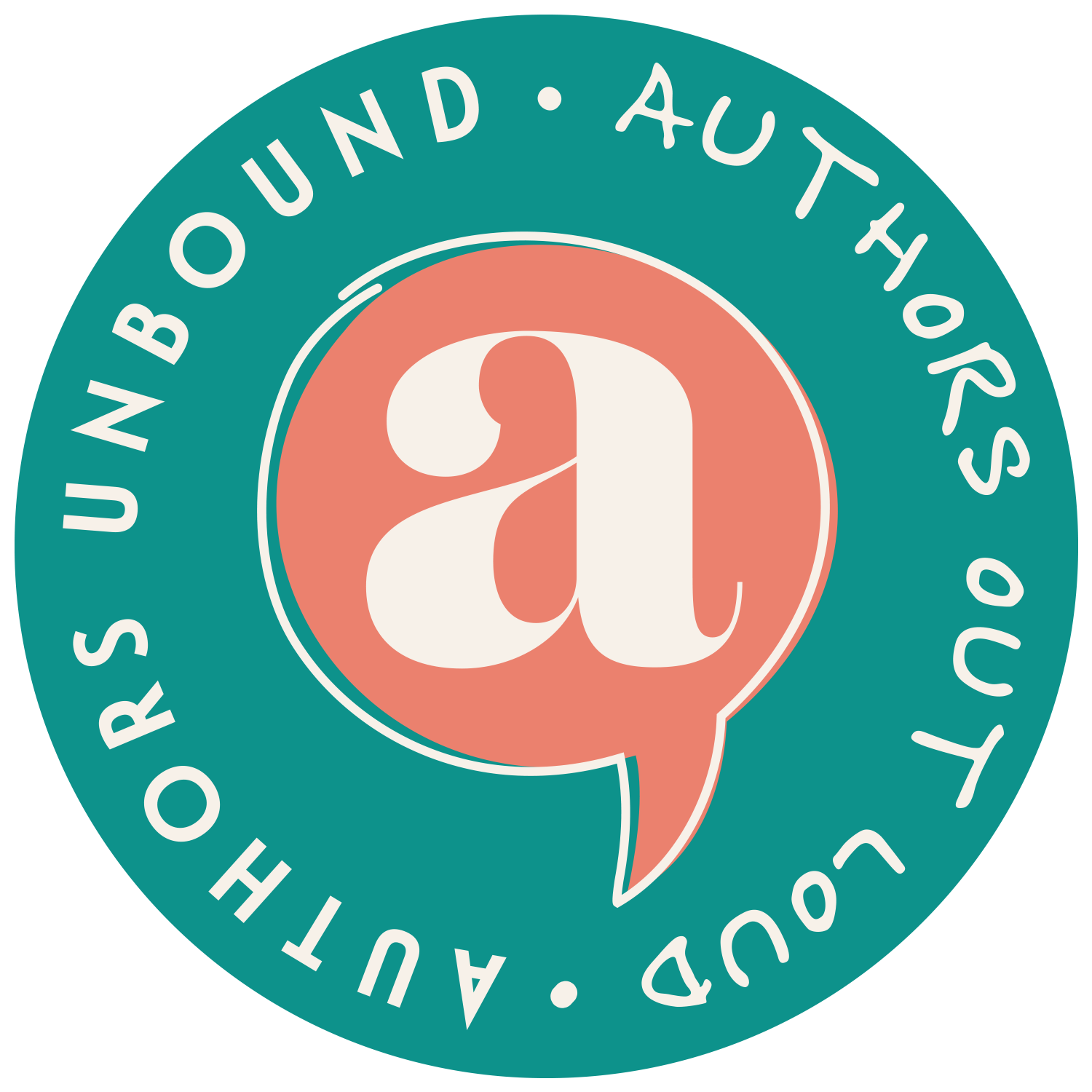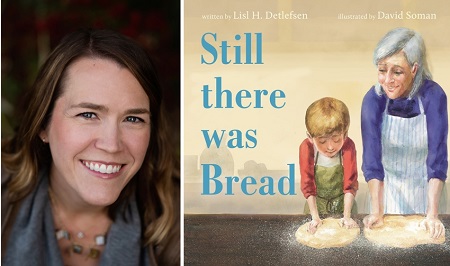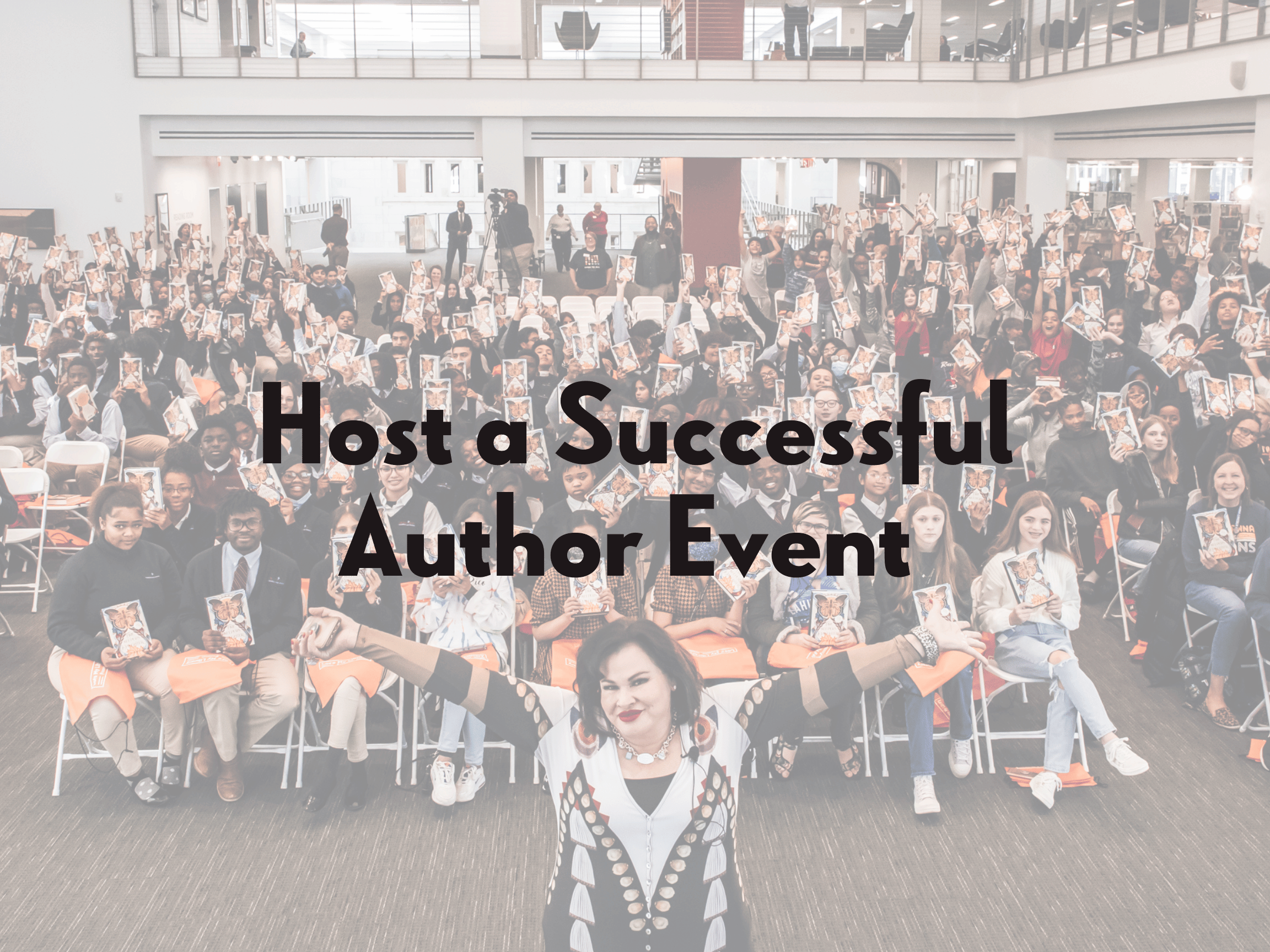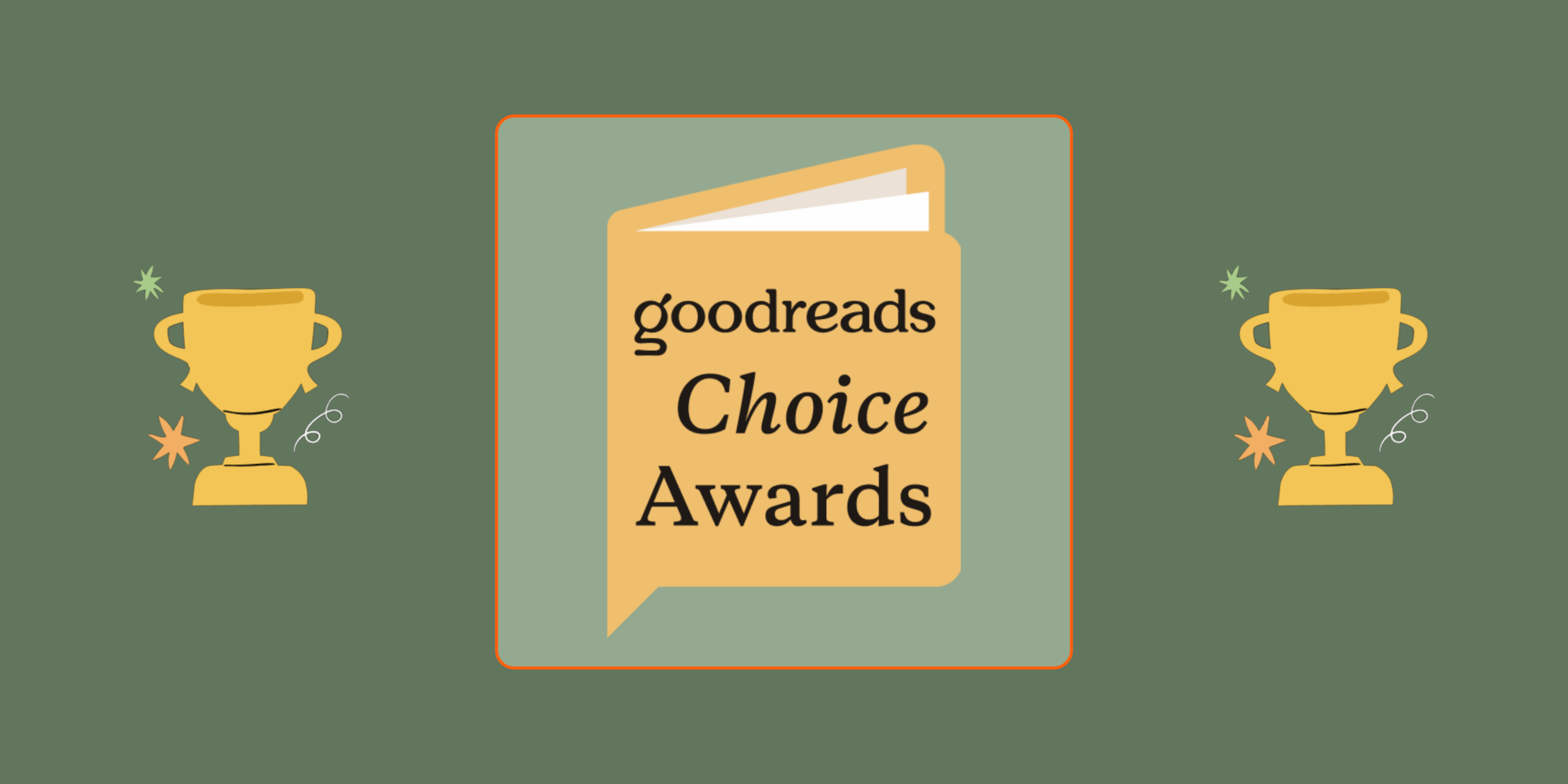
How long have you been doing speaking engagements?
My first official speaking engagement was actually a school visit at the elementary school I attended in my hometown for my first published book. That book, TIME FOR CRANBERRIES, will celebrate its tenth year in print this fall! I fell in love with speaking at schools and have been fortunate to do so ever since.
Where do you draw the inspiration for your talks? The difference between the content of a book and the engagement of a talk leaves a lot of room for creativity.
Typically, I find there’s something in the book—or how readers have reacted to it—that informs how I build a talk. For example, I used adverbs in a very intentional way in my picture book IF YOU HAD A JETPACK. When I learned that Reading Specialists were using it to teach about adverbs, I realized this book had given me an opportunity to talk about parts of speech. For STILL THERE WAS BREAD, I had enjoyed finding out about my own family history, focused through the lens of my family’s favorite bread, so much that I built a talk around inviting readers to become “Storytelling Detectives” by investigating their own family stories and recipes.
How do make your talks fun and engaging for young audiences?
My favorite part of talks is often the Q&A portion, as I get to directly engage with students and talk about what they’re interested in. Every group asks different questions: some ask more about the publication process, some ask more about how I get ideas, and some ask about my kids or my cats! But because they’re steering the conversation, they’re naturally engaged in where the discussion takes us.
What are some of the best questions that you’ve been asked?
Some of the best questions have been ones I wasn’t anticipating. I remember during a virtual visit during COVID, a second grader asked, “How are you?” I think she’d forgotten her more writerly question, and she looked flustered when a few classmates giggled. But honestly, I appreciated her asking me this, and I told her so. Then I answered her honestly, saying that I was having a hard time being so isolated, and missed being home instead of visiting classrooms in person or seeing friends and family. The giggles faded and some kids nodded their heads in understanding.
From a writing perspective, I love it when students ask craft questions about things like style or point of view choices. This often makes it clear, too, that whatever school I’m in at the time has done a great job of engaging students in learning how to write.
What are some of the hardest questions that you’ve been asked?
Some of the hardest questions are about the physical manufacturing part of the process, like how the book is actually printed or bound or how the cover is made. Since I don’t do those parts, I’m not very good at explaining them! But it is always a nice opportunity to discuss just how collaborative a process traditional publishing is, with many people with different areas of expertise working together. I think few readers realize just how many different people and skill sets it takes to make every book!
What themes in your talks do you feel are the most important for young minds to understand?
Some themes that I feel are especially important to discuss with young minds are perseverance, empathy, patience—both with others and yourself—and love. I especially enjoy talking about how food is grown, food is made, and how sharing food is a way of showing love.
For instance, the important of agriculture and understanding where our food comes from is something that many adults still overlook and don’t understand. What do you think is the biggest misconception children (or adults!) have about farming and agriculture?
I grew up well outside the world of agriculture and had intended to move to the biggest city I could. Then I met my husband, a fifth-generation cranberry grower, and wound up living in a very rural area surrounded by cranberry farms! This has given me a unique perspective, understanding, and appreciation for the depth of knowledge that agriculture requires. I think the biggest misconception that children—and adults!—have is that farming is easy or simple. But farmers, especially today, need to have a wide breadth of expertise, from plant and/or animal science to understanding how to interpret and anticipate weather patterns to staying up-to-date on technological advancements.
What do you think makes agriculture such a compelling and important topic for children’s literature?
Simply put, because everybody eats, everybody benefits from understanding how, where, and by whom their food is grown.
When sharing “Still There Was Bread,” how do kids react to the idea that recipes can carry family history? Do they ever share their family recipes with you?
Truthfully, when I started sharing STILL THERE WAS BREAD and my program about it, I wasn’t sure how kids would react. Do most families still prioritize cooking or baking and share generational recipes? Are kids interested in their family foods and heritage? I am delighted to report that kids LOVE to share their favorite family foods and recipes! It’s been such a joy to hear about how this reader’s Nonna makes a special lasagna at holiday dinners or that reader’s dad makes the best snickerdoodle cookies, having learned how from his mom.
In your SEL-focused workshops, how do students usually respond to topics like empathy and perseverance? Do any reactions stand out to you?
I think many kids are, frankly, more inherently empathetic than adults. In terms of perseverance, though, kids and adults alike often struggle with the idea that it’s okay to be “bad” at something when you’re just starting out. Trying something new can be challenging, and it can take time and perseverance to build your skill, but that doesn’t mean it isn’t worth the effort or time it takes. I often get shocked reactions when I tell kids it took me ten years to sell my first book to a publisher. Many of the kids who hear this haven’t even lived this long yet! But it’s a great way to talk about how even though I always loved to tell stories, it took me years of classes, critiques, and practice to become a published author.
My first grade teacher let us write and illustrate our own stories if we had free time after completing assignments, and my amazing mom saved four of my first grade stories. At each visit, SEL-focused or not, I share one of these stories with the audience. Kids get really excited to share with me how I could’ve made those first grade stories stronger, and it really enforces the idea that it takes perseverance to become good at something like writing, even if you love it from the moment you first try.
How has your message or delivery evolved over the years as you’ve met more young readers?
While I’ve always strived to be honest and transparent with readers, I think as I’ve met more, I’ve tried to become more honest and not gloss over the less-happy parts of writing, publishing, or life in general. (Perhaps that comes from that “How are you?” question!) Kids respond to honest answers, and most can tell when you’re being insincere from a mile away. Sometimes writing is lonely. Sometimes writing means heartbreaking rejections. When kids ask about the harder parts, I answer honestly, seeking out the space between glossing over the hard stuff and discouraging them from trying. At the end of the day, I want kids to feel inspired to tell their stories, too, even while knowing they might encounter some bumps along the way.




